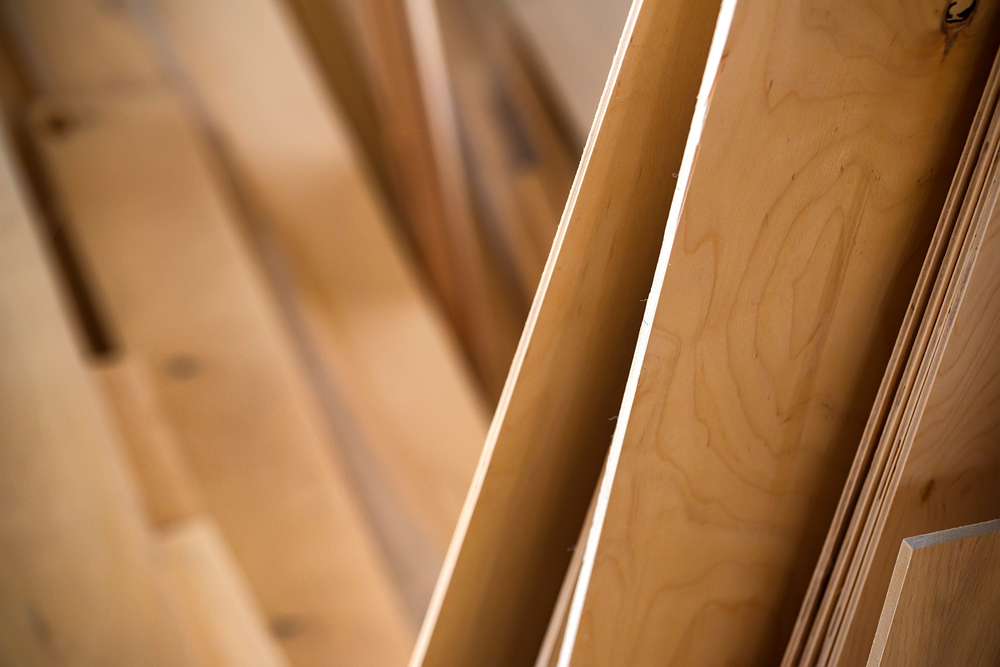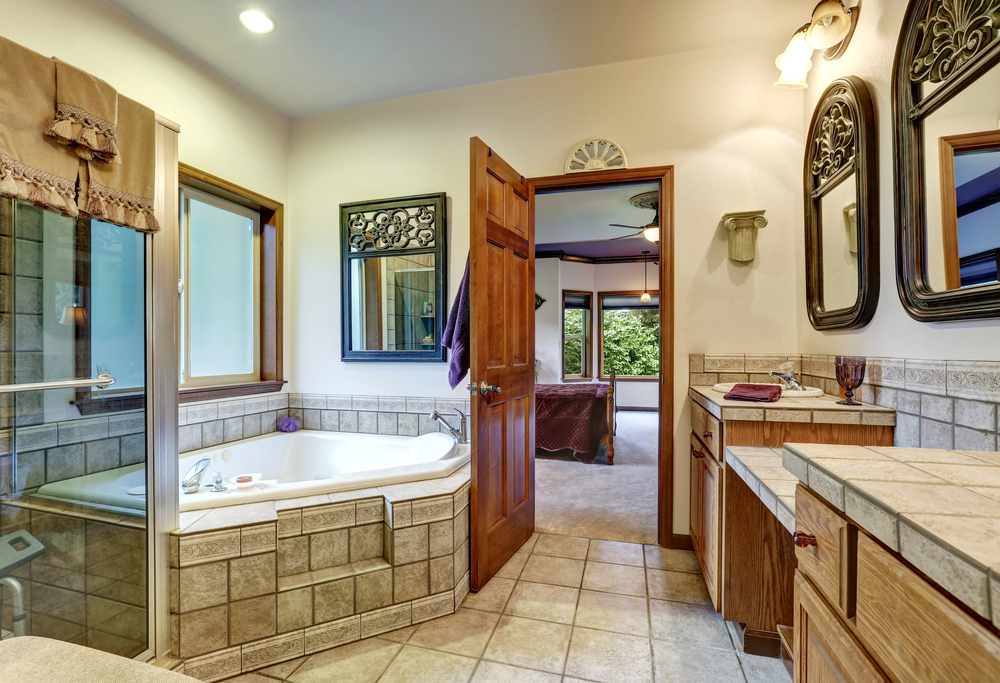Understanding the Mystery of Witch Windows
In certain parts of the world, particularly in Vermont, an unusual architectural feature catches the eye. Known as witch windows, these are tilted or diagonal windows set high in the gable-end walls of a house. Their peculiar name and distinct position spark curiosity and creativity, leading to numerous myths and legends surrounding their purpose and origin.
The Architectural Aspect
The origins of witch windows are practical, stemming from architectural constraints. Vermont, known for its challenging weather, posed difficulties when it came to expanding homes upwards. Instead of constructing full dormers or traditional rectangular windows that cut through the sloped attic space, builders opted for tilted windows in the gables. This allowed for natural light in cramped attic spaces without compromising the structure’s integrity.
These windows are generally standard-sized and installed at an angle, often at 45 degrees, to fit within the triangular space beneath the roof. This maximizes light entry while minimizing the cost and structural complications associated with adding dormers. Given their practical function, it makes sense that this feature didn’t proliferate beyond regions where such architectural compromise became necessary.
The Mythical and Cultural Influence
Witch windows come with an array of stories tied to superstition. A prevalent myth suggests that tilted windows confuse witches, who are believed to fly on broomsticks. Unable to fly sideways, they cannot enter through these windows. This imaginative explanation likely spread to provide a whimsical reasoning for an otherwise mundane feature.
Another notion hints at the windows as symbols of individuality or defiance, with homeowners appreciating the charm despite their purpose. These explanations align with rural folklore where architectural anomalies blend with cultural narratives, giving residents a sense of unique identity and an intriguing story to tell.
Common Names and Variations
Though primarily called witch windows, they are sometimes referred to as coffin windows. This name derives from an equally eerie belief that angled windows accommodated coffins being removed from the attic. While not typical funeral practice, it offered another explanation for the window’s unusual orientation. This name might owe more to local folklore than historical accuracy.
Opinions and stories surrounding witch windows vary, but they are also known as Vermont windows or simply infra windows, depending on the region or interpretation of their design and purpose. Each name carries with it a blend of history, fiction, and functional reality.
Conservation and Modern Perspectives
Today, witch windows are valued for their historic and cultural importance. Their unique appearance adds character to the older, traditional homes prevalent in Vermont’s rural landscape. As with many regional architectural features, individuals interested in preserving heritage sites often prioritize these distinctive windows during restorations.
Modern builders sometimes purposely incorporate witch windows to reflect traditional design aesthetics. This could be due to a desire to maintain historical integrity or simply as an acknowledgment of their quirky, conversation-starting appeal. Where they once addressed practical needs, their continued use today highlights a commitment to maintaining a link between past decisions and present appreciation.
Distinctiveness in Design
- Orientation: Positioned diagonally, typically at an angle aligning with the roof’s pitch.
- Location: Exclusively found in the gable-end walls, always above the main living area of a house.
- Size: Usually consistent with the home’s other windows despite their unconventional placement.
Compared to other architectural quirks, witch windows remain relatively lesser-known. However, their rarity enhances their allure and significance, particularly among enthusiasts of vernacular architecture.
Exploration and Appreciation
For those interested in exploring witch windows, a drive through Vermont’s countryside offers a glimpse into this unique architectural detail. Many owners preserve these windows as part of their home’s history, expressing pride in their regional distinctiveness. Photographers, too, find beauty in the idiosyncrasy of tilted windows set against the picturesque northeastern backdrop.
At the intersection of craftsmanship and legend, witch windows provide a small but compelling insight into how architecture reflects both necessity and narrative. They serve as a reminder that the structures we inhabit often tell stories that extend beyond practical considerations. Their blend of myth, culture, and architecture keeps people curious and engaged across generations.






